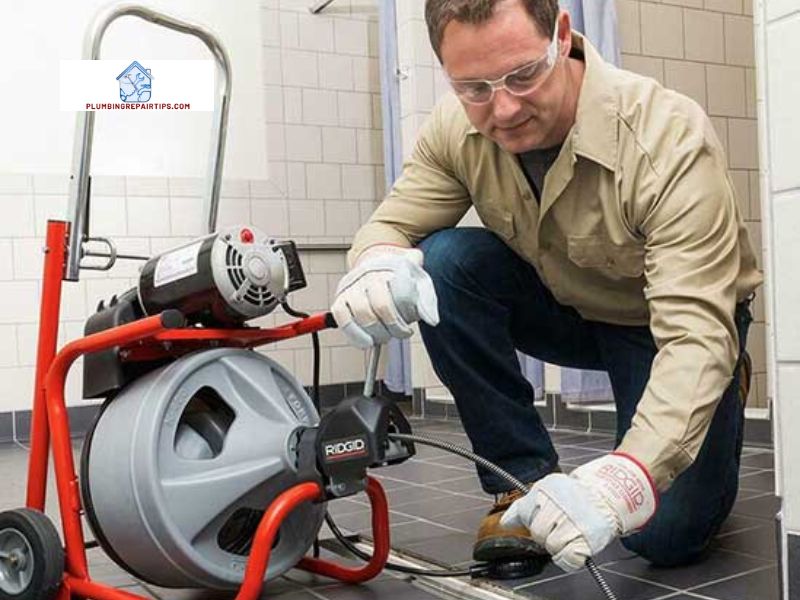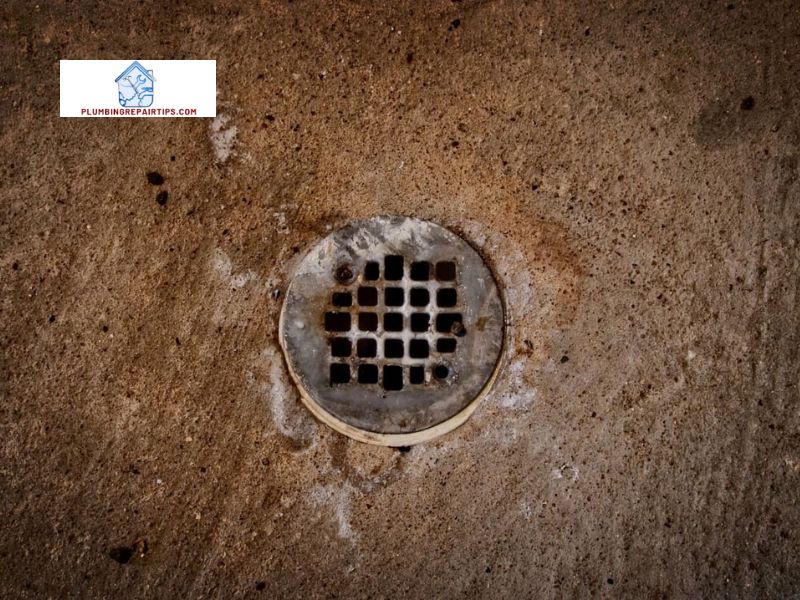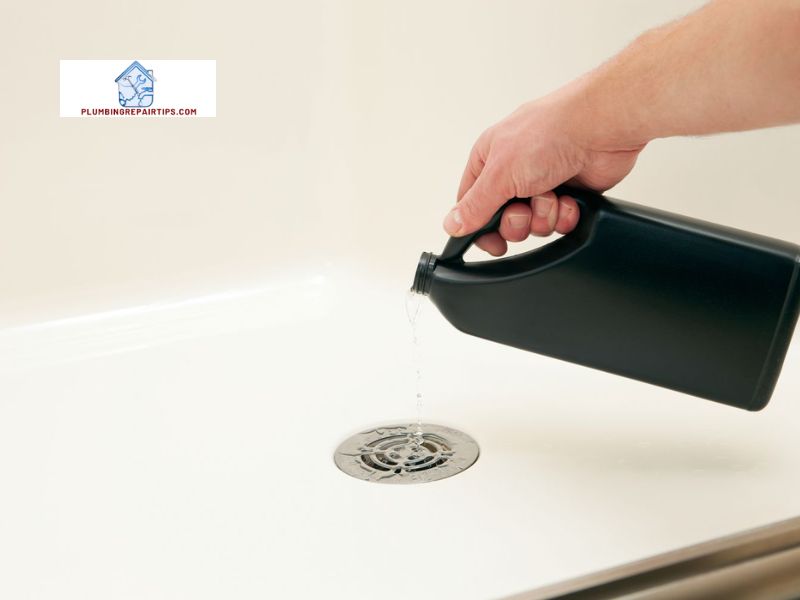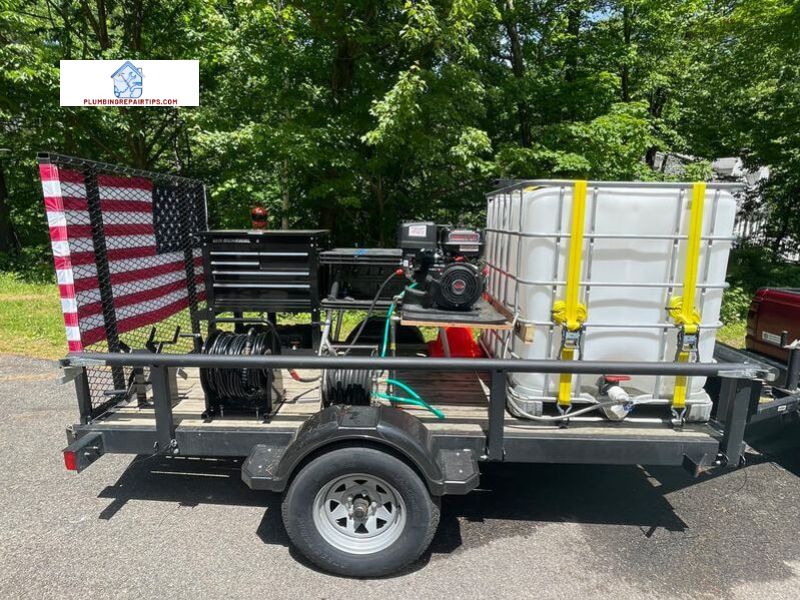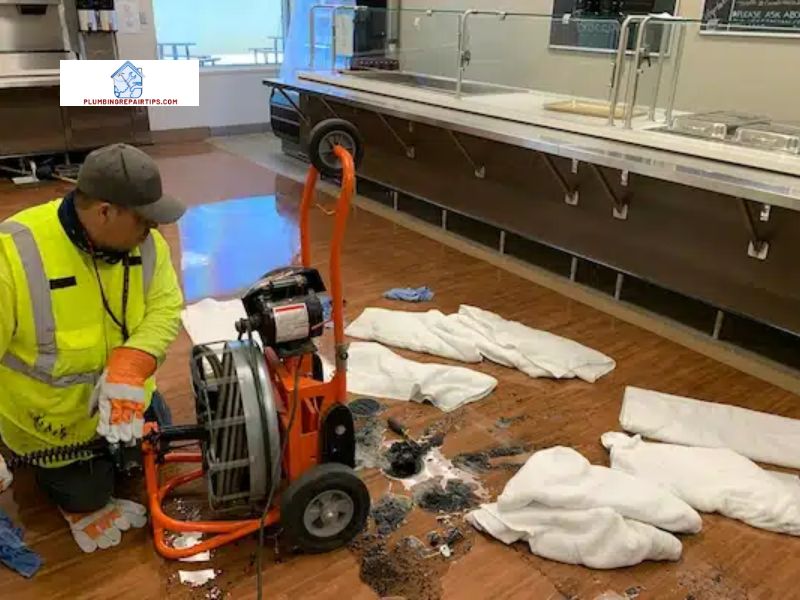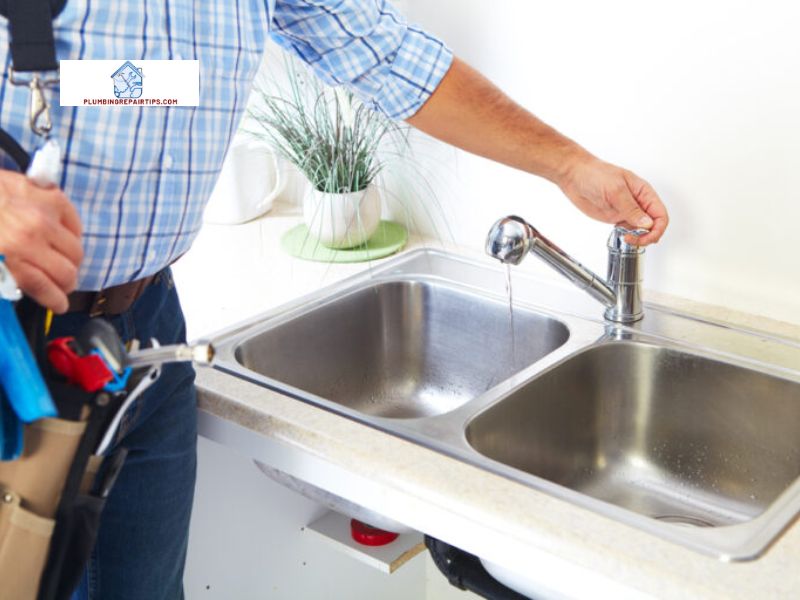Introduction
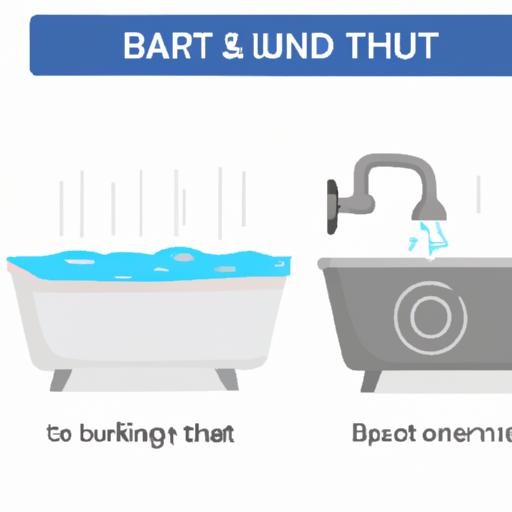
Imagine stepping into your bathroom, eager to indulge in a relaxing bubble bath after a long day, only to be greeted by a clogged and corroded bathtub drain. Frustrating, isn’t it? A functional bathtub drain is crucial for a seamless bathing experience, but unfortunately, it’s a component that often falls victim to various issues.
In this article, plumbingrepairtips.com will delve into the world of bathtub drains, highlighting the significance of maintaining a fully operational drain and shedding light on one of the most common and troublesome problems – corroded bathtub drains. So, let’s dive in and explore this pressing issue together.
Importance of a Functional Bathtub Drain
A smoothly functioning bathtub drain is more than just a convenience; it is a necessity for any household. It ensures the efficient evacuation of wastewater, preventing unpleasant odors, water stagnation, and potential damage to your bathroom floor. Moreover, an unimpeded drain allows for a stress-relieving and refreshing bathing experience without any interruptions.
Introduction to Common Issues Faced with Bathtub Drains
Bathtub drains, like any other plumbing component, are susceptible to a range of issues. From clogs caused by hair, soap scum, and debris to leaks and corroded pipes, these problems can disrupt your daily routine and even lead to costly repairs if left unaddressed. However, one issue that deserves our special attention is the corrosion of bathtub drains.
The Focus on Corroded Bathtub Drains
Corrosion, the gradual deterioration of metal due to oxidation or chemical reactions, can significantly impact the functionality and lifespan of your bathtub drain. Over time, corrosion weakens the drain, leading to leaks, blockages, and potential damage to the surrounding plumbing system. Therefore, understanding the causes, signs, and prevention of corroded bathtub drains becomes crucial in ensuring a smoothly running bathroom.
In the following sections, we will delve deeper into the realm of corroded bathtub drains, exploring the causes behind this problem, identifying its signs, and discovering effective preventive measures. So, join me as we embark on a journey to conquer the challenges posed by corroded bathtub drains.
Understanding Corroded Bathtub Drains
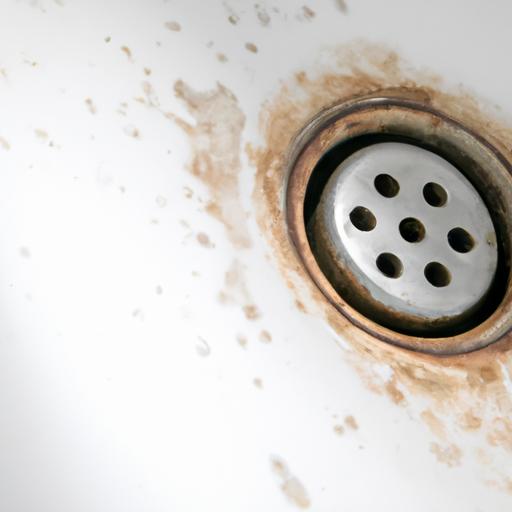
A. Definition and Causes of Corrosion in Bathtub Drains
Corrosion in bathtub drains refers to the gradual decay and damage of the metal components of the drain due to a variety of factors. One of the primary causes of corrosion is exposure to water and moisture, which can initiate the oxidation process. Additionally, the presence of certain chemicals in cleaning products or water can accelerate the corrosion process, leading to the deterioration of the drain over time.
B. Identifying Signs of a Corroded Bathtub Drain
Detecting a corroded bathtub drain is essential to address the issue promptly and prevent further damage. Look out for signs such as rust-colored water or stains around the drain area, pitting or flaking of the metal surface, and an unpleasant metallic odor. These indicators suggest that corrosion has taken hold, and immediate action is necessary to resolve the problem before it worsens.
C. Potential Consequences of Ignoring a Corroded Drain
Ignoring a corroded bathtub drain can have severe repercussions. Firstly, the corrosion weakens the structural integrity of the drain, making it more susceptible to leaks and blockages. This can lead to water damage in your bathroom, compromising the surrounding walls, floors, and even adjacent rooms. Additionally, a corroded drain can hinder proper water flow, resulting in slow drainage or complete clogs, causing inconvenience and disruption to your daily routine.
Furthermore, the accumulation of stagnant water due to a corroded drain creates a breeding ground for bacteria and mold, posing potential health risks. Moreover, the longer the corrosion is left unaddressed, the more extensive and costly the repairs may become. It is crucial to recognize the importance of timely intervention when dealing with a corroded bathtub drain to avoid these detrimental consequences.
In the upcoming sections, we will explore preventive measures to inhibit corrosion in bathtub drains and discuss effective DIY methods as well as professional solutions for addressing this issue. Stay tuned to discover how you can maintain a well-functioning and corrosion-free bathtub drain.
Steps to Prevent Corrosion in Bathtub Drains
A corroded bathtub drain can be a nightmare to deal with, but fortunately, there are steps you can take to prevent this issue from occurring in the first place. By implementing these preventive measures, you can prolong the lifespan of your drain and ensure its optimal functionality. Let’s explore some effective steps to keep corrosion at bay.
A. Regular Cleaning and Maintenance Practices
Regular cleaning and maintenance are key to preventing corrosion in your bathtub drain. By keeping your drain clean and free from debris, you reduce the chances of corrosion-causing substances accumulating and damaging the metal. Make it a habit to remove hair, soap residue, and other particles from the drain regularly using a drain brush or a combination of baking soda and vinegar. This simple yet effective practice can go a long way in preserving your drain’s integrity.
B. Use of Drain Protectors and Hair Catchers
One of the main culprits behind corroded bathtub drains is hair. Hair strands can easily find their way into the drain, causing blockages and promoting corrosion. To prevent this, invest in drain protectors or hair catchers that fit over the drain opening. These inexpensive tools act as barriers, trapping hair and preventing it from entering the drain. By using these accessories, you can significantly reduce the chances of corrosion while also preventing clogs.
C. Avoiding the Use of Harsh Chemicals
While it may be tempting to rely on chemical drain cleaners to tackle clogs and maintain a clean drain, these harsh substances can actually contribute to corrosion. The chemicals in these cleaners can erode the drain’s protective coating, making it more susceptible to corrosion. Instead, opt for natural cleaning solutions like baking soda and vinegar, or consider using enzymatic drain cleaners that are gentler on your plumbing system. Not only will this help prevent corrosion, but it will also promote a healthier environment for you and your family.
D. Importance of a Well-Ventilated Bathroom
Believe it or not, the ventilation in your bathroom plays a significant role in preventing corrosion in bathtub drains. Excess moisture and humidity can accelerate corrosion processes, especially in metal drains. Ensure your bathroom is adequately ventilated by using exhaust fans or opening windows during and after bathing. Proper ventilation helps to reduce moisture levels, preventing the accumulation of corrosive elements and prolonging the lifespan of your bathtub drain.
By following these preventive steps, you can minimize the risk of corrosion in your bathtub drain and enjoy a long-lasting, functional plumbing system. Remember, a little effort today can save you from the headache of dealing with a corroded drain in the future.
DIY Methods to Remove Corrosion from Bathtub Drains
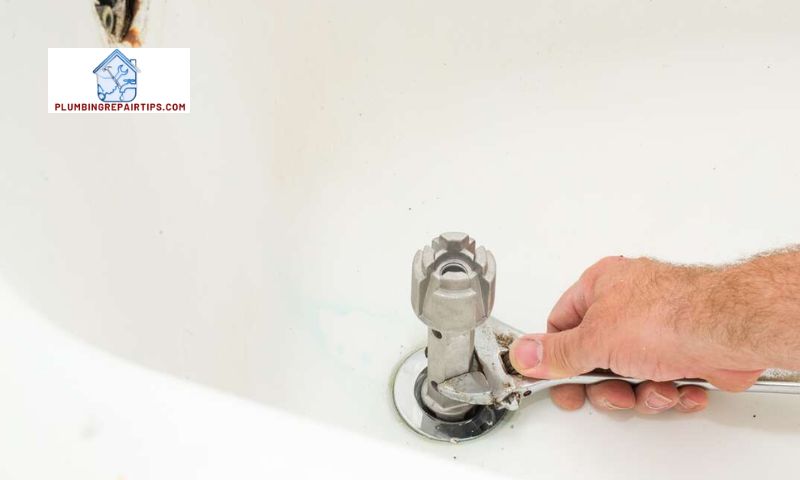
Is your bathtub drain showing signs of corrosion, causing you distress? Don’t worry! There are several DIY methods you can employ to tackle this issue and restore your drain to its former glory. Let’s explore some effective techniques that can help you bid farewell to that pesky corrosion.
A. Using Natural Remedies such as Baking Soda and Vinegar
When it comes to combating corrosion in your bathtub drain, natural remedies can work wonders. One such powerful combination is baking soda and vinegar. Start by pouring a cup of baking soda down the drain, followed by a cup of vinegar. Allow the mixture to fizz and work its magic for about 30 minutes. Then, flush the drain with hot water to wash away the corrosion. This simple yet potent solution can help dissolve the buildup and restore the functionality of your drain.
B. Mechanical Methods like Using a Plunger or Drain Snake
For more stubborn corrosion, mechanical methods can come to the rescue. Consider using a plunger or a drain snake to dislodge any accumulated debris and corrosion within the drain. With a plunger, create a tight seal around the drain opening and vigorously plunge up and down to create pressure and dislodge the corrosion. Alternatively, a drain snake can be inserted into the drain, allowing you to break up and remove the corrosion manually. Ensure you follow the instructions carefully to avoid any damage to the drain or surrounding pipes.
C. Utilizing Commercial Drain Cleaners Cautiously
If the corrosion persists, you may opt for commercial drain cleaners. However, exercise caution and use these products sparingly. Select a reputable drain cleaner, following the manufacturer’s instructions precisely. Be mindful that some drain cleaners contain harsh chemicals that can potentially damage your pipes if used excessively. It is advisable to wear protective gloves and eyewear when handling these products and to thoroughly flush the drain with water afterward.
By implementing these DIY methods, you can take control of the corrosion in your bathtub drain and restore its functionality. However, if the corrosion persists or if you are uncomfortable performing these tasks yourself, it is best to seek professional assistance to ensure a thorough and long-lasting solution. In the next section, we will explore the professional solutions available for addressing corroded bathtub drains.
Conclusion
In conclusion, addressing a corroded bathtub drain is not a task to be taken lightly. The importance of maintaining a functional drain cannot be overstated, as it directly impacts the overall functionality and longevity of your bathroom. By understanding the causes, signs, and preventive measures for corroded bathtub drains, you can tackle this issue head-on and ensure a seamless bathing experience.
Regular cleaning and maintenance practices, along with the use of drain protectors and hair catchers, are vital in preventing corrosion in bathtub drains. Additionally, avoiding the use of harsh chemicals and ensuring proper ventilation in your bathroom can go a long way in prolonging the life of your drains.
If you find yourself facing a corroded bathtub drain despite your best efforts, it is advisable to seek assistance from a licensed plumber. These professionals possess the expertise and tools necessary to effectively address the issue and restore your drain to its optimal condition. Exploring professional drain cleaning services can also provide a comprehensive solution to tackle any underlying problems.
In some cases, drain replacement may be the most practical and long-term solution. Considering drain replacement options, such as upgrading to corrosion-resistant materials, can provide a lasting fix and prevent future issues.
Remember, when it comes to the well-being of your bathroom, addressing corroded bathtub drains promptly is key. By following preventive measures, utilizing DIY methods, and seeking professional help when needed, you can maintain a fully functional and corrosion-free bathtub drain.
Thank you for joining me on this journey to understand and combat the challenges posed by corroded bathtub drains. For more expert plumbing tips and advice, visit plumbingrepairtips.com. Together, we can keep your bathroom in pristine condition and ensure a hassle-free bathing experience.
